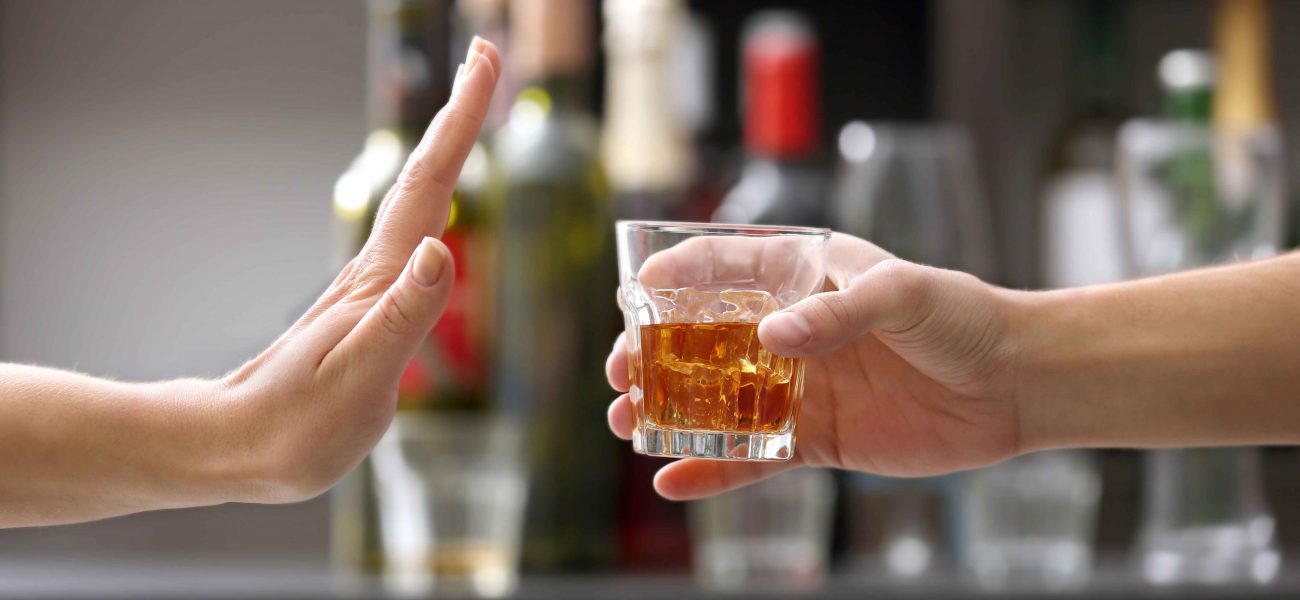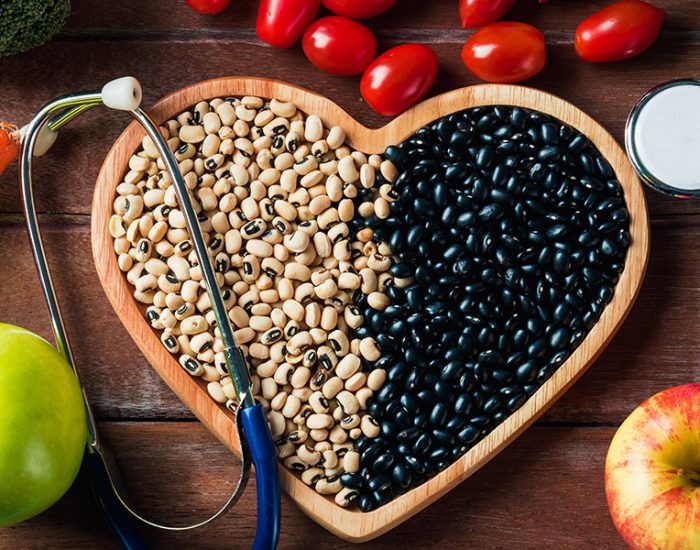Urinary Incontinence Triggers One Must Avoid
For many adults, the encounters of uncontrollable urinary overflow can be really embarrassing and disheartening. And why not? Having frequent visits to the washroom than others makes them miss important events and feel less confident about themselves.
Therefore, they go for urinary incontinence treatment options such as diapers for urinary incontinence to avoid humiliation and become independent to live life freely. However, before exploring remedies, don’t you think understanding the triggers of incontinence is necessary to beat this bladder problem efficiently?
Causes of urinary incontinence you must know
Pregnancy
The uterus expands during pregnancy, which puts more pressure on the bladder. As a result, women encounter episodes of incontinence where they suffer from the inability to hold urine and frequent trips to the washroom a day.
Urinary Tract Infections (UTIs)
You may experience pain and a greater desire to urinate more often if you have an infection in your urinary system (urethra, ureters, bladder, and kidneys).
Beverages
Some beverages, such as coffee and alcohol, can increase how frequently you need to urinate. However, your need to flush body toxins regularly usually decreases if you stop drinking these drinks.
Apart from these, pelvic floor disorders, menopause, constipation, enlarged prostate, obesity, diabetes, stroke, and constipation are other factors contributing to the emergence of urinary continence in people. Hence, you must keep tabs on these problems and do regular check-ups or consultations with a medical expert to stay fit and away from leakage worries.
Preventive measures for urinary incontinence
Prevention is always better than cure, incontinence can also be prevented or can be kept at bay by adopting some healthy lifestyle changes. This may include:
- Maintaining good shape and weight.
- Integrating pelvic floor exercises into the daily routine.
- Staying away from acidic and bladder irritant foods such as alcohol and caffeine, etc.
- Keeping yourself hydrated to avoid constipation (one of the potential causes of incontinence).
- Quitting smoking to have a good night’s sleep.
All the above-mentioned tips are helpful in fighting against or preventing incontinence in both men and women. However, along with these, one more companion to accompany you in easing this problematic condition is considering pant style adult diapers for urinary incontinence.
FAQ’s
2. Can constipation worsen urinary incontinence?
Yes. Constipation increases pressure on the bladder and displaces pelvic organs, which weakens pelvic floor muscles and promotes leaks. Straining during bowel movements can damage nerves connected to bladder control. To prevent constipation, focus on a fiber-rich diet—such as whole grains, fruits, and vegetables—and drink adequate water. Regular exercise also supports digestion. Addressing constipation not only improves bladder function but also reduces overall pelvic discomfort. Managing bowel health through diet and hydration is a key strategy for reducing the severity of incontinence symptoms.
3. How does dehydration affect urinary incontinence?
Dehydration may seem like a solution, but it actually worsens incontinence. When fluid intake is too low, urine becomes concentrated and irritates the bladder lining, increasing frequency and urgency. Staying properly hydrated—by sipping water steadily throughout the day—helps keep urine dilute and less irritating. Avoid over-consuming fluids in a short time, especially before bedtime. Balance is essential: drink enough water without overwhelming the bladder. Proper hydration supports overall urinary comfort and reduces accidental episodes.
4. Does smoking contribute to urinary incontinence?
Yes, smoking can worsen urinary incontinence. Tobacco use causes chronic coughing, which repeatedly presses on the bladder and weakens pelvic muscles. Meanwhile, nicotine and other chemicals in cigarettes can irritate the bladder lining, increasing urgency. Quitting smoking helps reduce bladder irritation, stops coughing that stresses pelvic muscles, and improves overall health. Over time, quitting can ease leakage episodes and support better bladder management.
5. How does being overweight impact incontinence?
Excess weight applies constant pressure to the bladder and pelvic floor muscles, increasing the risk of leaks—especially during actions like sneezing or lifting. Even modest weight loss can ease this pressure and improve bladder control. Pairing a balanced diet with physical activity supports weight management and reduces strain on pelvic structures. Losing weight is one of the most effective steps in reducing symptoms, leading to fewer accidents and more confidence in daily life.
6. Can medications increase the risk of urinary incontinence?
Yes. Certain medications—like water pills, sedatives, antidepressants, and some heart or blood pressure drugs—can impact bladder control. They may increase urine production or relax muscles involved in urination, making leaks more likely. If incontinence symptoms worsen after starting a new medication, it’s important to consult a doctor. Alternatives or adjustments in dosage may help reduce symptoms while maintaining necessary treatment.
7. How can stress or anxiety affect bladder control?
Emotional stress and anxiety may disrupt signals between the brain and bladder, triggering urgency incontinence or making symptoms worse. Anxiety can tighten muscles or increase bladder sensitivity. Practicing relaxation methods like deep breathing, meditation, or light exercise can help reduce these effects. Managing stress also improves digestive function, sleep, and overall comfort, easing urinary symptoms over time.
8. What are urinary tract infections’ (UTIs) effect on incontinence?
UTIs can irritate the bladder lining and lead to temporary incontinence, causing frequent urgency or small leaks. Symptoms usually decrease after proper treatment, but recurrent infections might suggest underlying issues needing medical evaluation. Prompt diagnosis and care help interrupt the cycle of irritation and leakage. Good hygiene, hydration, and using absorbent products during an infection period can reduce discomfort and accidents.
9. Are there hidden dietary triggers for incontinence?
Yes. Beyond obvious triggers like caffeine and spicy foods, some artificial sweeteners, chocolate, tomato-based foods, and some flavored beverages may irritate the bladder. Each person’s body reacts differently. Keeping a food and symptom journal helps identify your specific triggers. Once you know what affects your bladder, eliminating or reducing those items can significantly improve symptom control and reduce accidental leaks.
10. What lifestyle routines help prevent urinary incontinence triggers?
Building bladder-friendly habits can reduce incontinence episodes:
Stay well hydrated with small sips throughout the day
Eat a balanced diet with fiber to avoid constipation
Exercise regularly to support pelvic health
Avoid smoking and bladder irritants like caffeine or alcohol
Practice pelvic floor exercises (Kegels) to strengthen control
Together, these changes reduce bladder sensitivity, improve muscle strength, and support long-term symptom management.






















